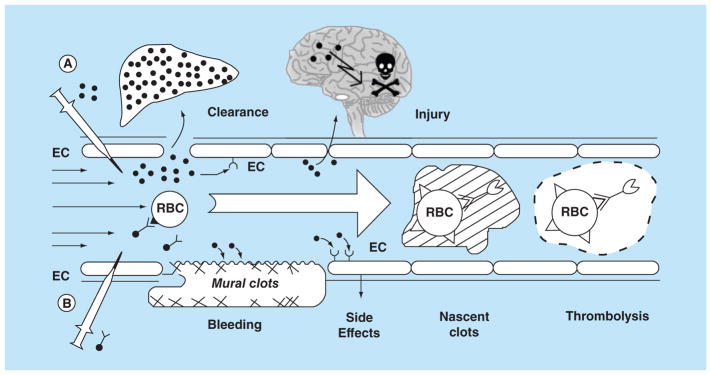Figure 6. A concept of prophylactic fibrinolysis by tissue-type PA targeting to red blood cells.
(A) Plasminogen activators (dots) are relatively ineffective clinically, in part due to rapid inactivation uptake by liver, requirement for high blood levels which predispose to bleeding through indiscriminate lysis of hemostatic mural clots, vascular side effects (e.g., activation of receptors on endothelial cells, EC) and injurious effects of tPA diffusing into the CNS. (B) Coupling to RBC (such as by engineered protein targeting ligands) dramatically prolongs the intravascular longevity of RBC/tPA variant. RBC/tPA will restrain tPA binding to cellular receptors, and restrict its access into mural hemostatic clots and the CNS. Propulsion of RBC towards the mainstream will further offset interactions of the prodrug with hemostatic clots and vessel walls. RBC/tPA will not restrict access to the interior of nascent pathological thrombi, which leads to lysis of nascent pathological intravascular clots while hemostatic clots remain impervious.
EC: Endothelial cell; RBC: Red blood cell.

